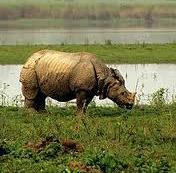Hysterectomies to be a part of National Health Survey
Health Ministry has decided to gather information on hysterectomies in the forthcoming National Family Health Survey as many health activists has raised concerns regarding the rising incident.
The decision was initiated by Health Ministry after health activists from various parts of the country wrote to the Ministry expressing serious concern on issue of age at which hysterectomies or surgical removal of uterus are being conducted across the county.











